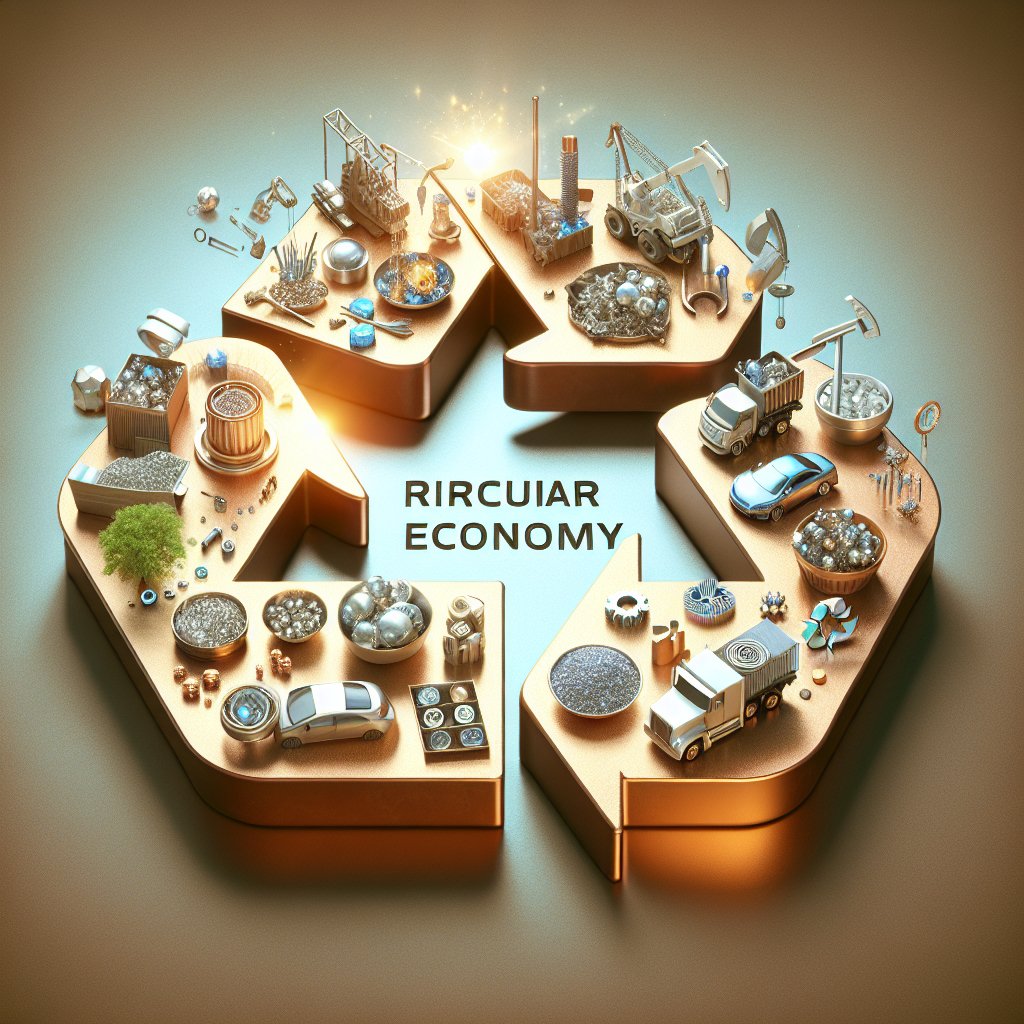The relationship between rare metals and the renewable energy industry is a complex and symbiotic one, where the demand for sustainable energy solutions drives the need for these critical materials. As the world shifts towards greener technologies, rare metals have become indispensable components in the development and deployment of renewable energy systems. This article explores the intricate connection between rare metals and the renewable energy sector, examining their roles, challenges, and future prospects.
The Role of Rare Metals in Renewable Energy Technologies
Rare metals, often referred to as rare earth elements (REEs), are a group of 17 chemically similar elements that are crucial in the manufacturing of high-tech devices and renewable energy technologies. These metals, including neodymium, dysprosium, and terbium, are essential in the production of permanent magnets used in wind turbines and electric vehicle motors. Their unique magnetic properties allow for the creation of more efficient and compact devices, which are vital for the advancement of renewable energy technologies.
In addition to their use in magnets, rare metals are also critical in the production of photovoltaic cells for solar panels. Indium, gallium, and tellurium are used in thin-film solar cells, which offer a more flexible and lightweight alternative to traditional silicon-based panels. These materials help improve the efficiency and cost-effectiveness of solar energy systems, making them more accessible and appealing to consumers and businesses alike.
Furthermore, rare metals play a significant role in energy storage solutions, which are essential for the integration of renewable energy into the grid. Lithium, cobalt, and nickel are key components in the production of lithium-ion batteries, which are widely used in electric vehicles and grid storage systems. These batteries provide the necessary energy storage capacity to balance supply and demand, ensuring a stable and reliable energy supply from renewable sources.
Challenges in the Supply and Demand of Rare Metals
Despite their critical importance, the supply of rare metals is fraught with challenges that could impact the growth of the renewable energy industry. One of the primary concerns is the concentration of rare metal production in a few countries, with China being the dominant player in the market. This concentration poses a risk to the global supply chain, as geopolitical tensions or trade restrictions could disrupt the availability of these essential materials.
Moreover, the extraction and processing of rare metals are often associated with significant environmental and social impacts. Mining operations can lead to habitat destruction, water pollution, and the release of toxic substances, which can have detrimental effects on local communities and ecosystems. Additionally, the refining process for rare metals is energy-intensive and generates hazardous waste, further exacerbating environmental concerns.
To address these challenges, there is a growing emphasis on developing sustainable and responsible sourcing practices for rare metals. This includes efforts to improve recycling and recovery processes, reduce waste, and minimize the environmental footprint of mining operations. Innovations in material science and engineering are also being explored to find alternative materials or reduce the reliance on rare metals in renewable energy technologies.
Future Prospects and Innovations in Rare Metals and Renewable Energy
As the demand for renewable energy continues to rise, the future prospects for rare metals are closely tied to advancements in technology and policy. Governments and industries are increasingly recognizing the need to secure a stable and sustainable supply of these critical materials to support the transition to a low-carbon economy.
One promising area of innovation is the development of new materials and technologies that can reduce the dependence on rare metals. For example, researchers are exploring the use of ferrite-based magnets as an alternative to rare earth magnets in wind turbines and electric motors. These materials offer similar performance characteristics without the supply chain risks associated with rare metals.
Additionally, advancements in recycling technologies are expected to play a crucial role in meeting the demand for rare metals. Improved recycling processes can help recover valuable materials from end-of-life products, reducing the need for new mining operations and minimizing environmental impacts. The development of a circular economy for rare metals could significantly enhance the sustainability of the renewable energy industry.
Policy measures and international cooperation are also essential in ensuring a stable supply of rare metals. Governments can implement regulations and incentives to promote responsible mining practices, support research and development in alternative materials, and encourage the recycling and reuse of rare metals. Collaborative efforts between countries can help diversify the supply chain and reduce the risks associated with geopolitical tensions.
In conclusion, the symbiotic relationship between rare metals and the renewable energy industry is a critical factor in the global transition to sustainable energy solutions. While challenges in supply and demand persist, ongoing innovations and policy measures offer promising pathways to secure a stable and sustainable future for both rare metals and renewable energy technologies. As the world continues to embrace cleaner energy sources, the role of rare metals will remain pivotal in shaping the future of the energy landscape.












